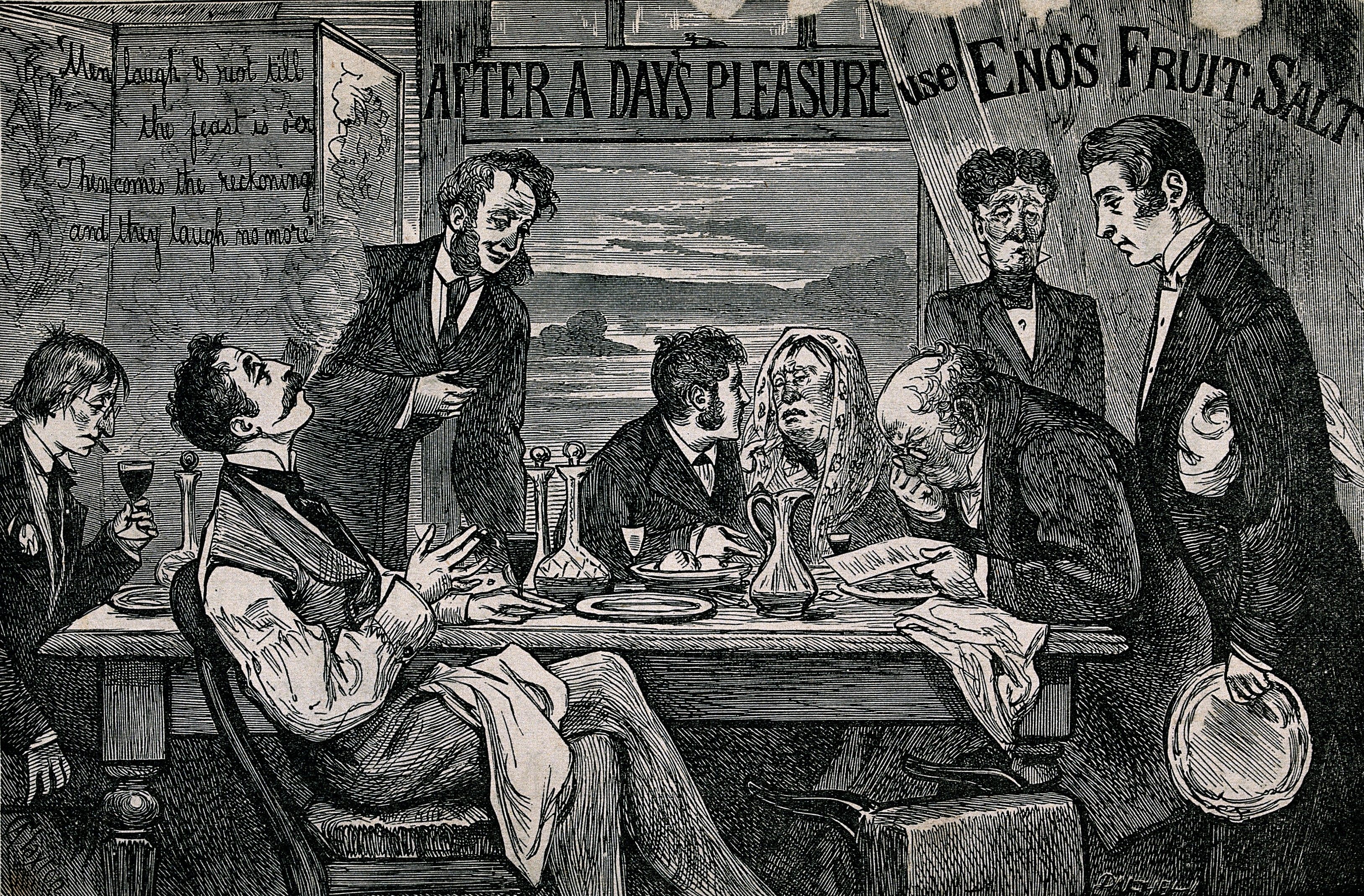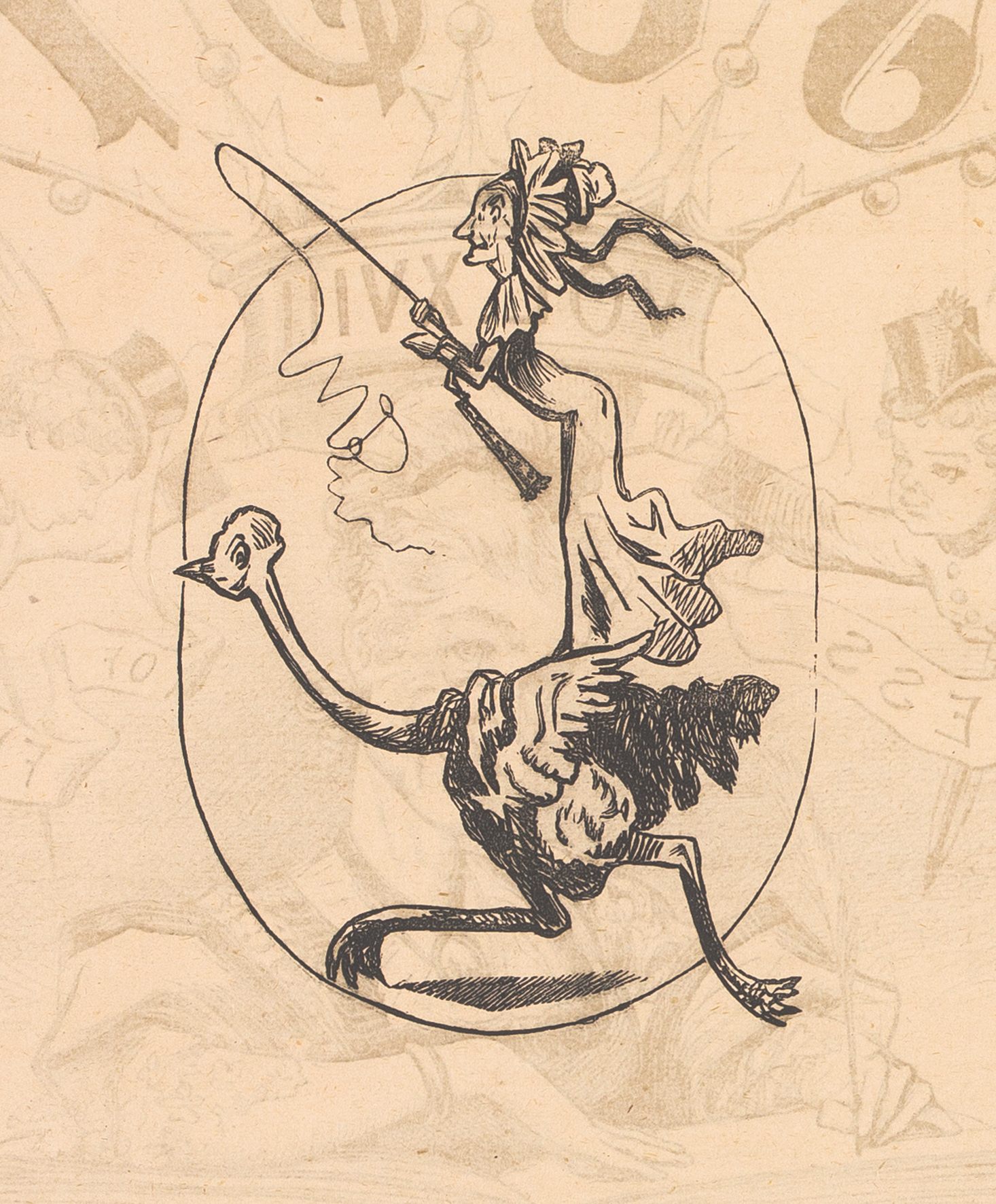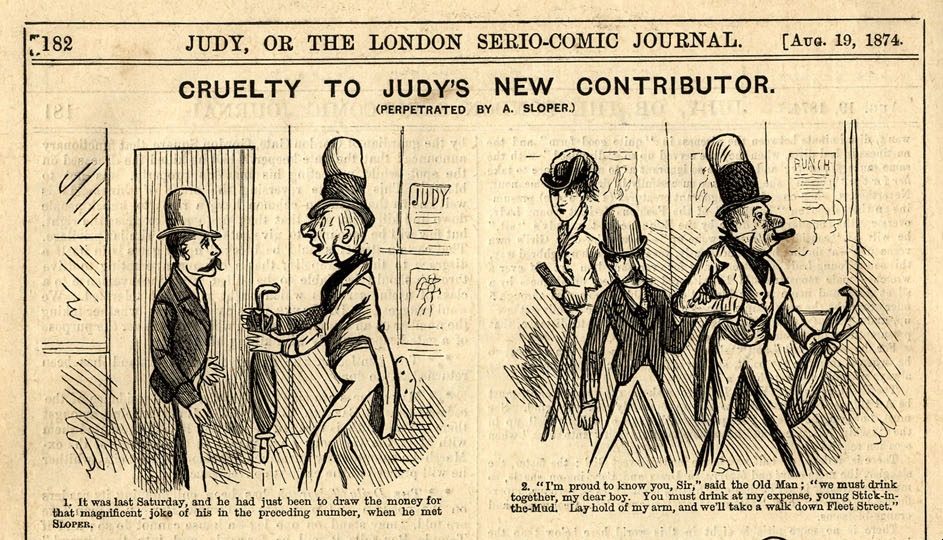Marie Duval, the Pioneering 19th-Century Cartoonist That History Forgot
She’s responsible for developing the world of Ally Sloper, one of England’s most iconic comic characters.
In the late 1800s, London was swept up in the new craze of visual, satirical journalism. When Judy magazine, a twopenny serio-comic, debuted a red-nosed, lanky schemer named Ally Sloper who represented the poor working class of 19th-century England, it was one of the first recurring characters in comic history.
But credit for that character has long gone to the wrong person. Two people were responsible for Ally Sloper—and one of the creators has only recently been rediscovered by academics and comic fans.
Wearing a shabby stovepipe hat and carrying a rickety umbrella, the iconic and popular cartoon is often credited to Charles H. Ross, a playwright, cartoonist, and eventual editor of Judy. However, Ally Sloper was actually illustrated and developed by two artists: Ross and his wife, actress-turned-cartoonist Marie Duval—who was responsible for the bulk of the Ally Sloper comics.
When Ally Sloper grew into a comic celebrity in the 1860s and late 1870s, Duval had become the sole artist behind the mischievous character’s world. She is among the earliest female comic artists, and has even been dubbed “Britain’s only 19th-century female caricaturist,” by art historian David Kunzle. In contrast to the refined artistry of both male and female cartoonists of the time, Duval’s drawing style was rugged and full of slapstick humor.
“Marie Duval leapt off the page and there are two reasons for that,” says graphic novelist and comic artist Simon Grennan, who studies and curates Duval’s work online as a research fellow at University of Chester. “One is because she was a woman drawing when not that many women were drawing, and also her drawings are very unusual for the period. There are quite a lot of things she does in her drawings that become common later on in comic history.”

During the 1800s, women were just breaking into the business of literature, illustration, and visual journalism. There were even a handful of female artists that received formal training on the level of the Royal Academy of Arts in London, explains Grennan. Classically trained artists who drew upper-class subjects in magazines and comic series produced a more restricted and elegant style. On the other hand, researchers believe Duval had no training and relied upon her previous life as a stage actress to capture characters on paper.

Marie Duval was born Isabelle Émilie de Tessier in Paris to French parents in 1847, but grew up in London. She assumed the stage name and pseudonym “Marie Duval” when she became an actress at 17, appearing on stage in several shows in London and in the south of England until 1874. She often starred as the leading man (which was not uncommon for female actresses at the time) in comedies and dramas, including the role of Jack Sheppard, a criminal and escape artist—a character with similar traits to Ally Sloper. During a tour of Jack Sheppard in 1874, Duval fell and injured her leg badly, halting her acting career. According to a fellow actor, she “bore the operation bravely, like Jack would have done,” reported Kunzle in History Workshop Journal.
Around 1869, Duval met and married Ross, who took over as editor of Judy the same year. Judy was a cheap rival to the likes of popular magazines Fun and Punch, catering towards a primarily lower and middle class and female audience. Ross assigned Duval as Judy’s new contributing artist, commissioning her to work on weekly comic fashion sketches and topics considered “typically female as well as theatrical,” wrote Kunzle.

Before becoming an editor, Ross had created and introduced Ally Sloper to the pages of Judy in “Some Mysteries of Loan and Discount,” but discontinued the illustration to focus on longer novels. Sloper doesn’t reappear until 1869, and when he does he has a whole new look.
“They follow the series of drawings made by Ross, and they’re about the same character, Ally Sloper, but it’s very obvious that Ross is no longer drawing,” says Grennan.
While Ross conceived Ally Sloper, the character was developed and popularized by Duval “who did the overwhelming bulk of the drawings,” wrote Kunzle in The Oxford Art Journal. Forty-seven of the identified 78 Ally Sloper episodes published in Judy are signed by Marie Duval. Some had originally thought Ross was illustrating under the guise of the pen name “Marie Duval,” but both Kunzle and Grennan agree that this wasn’t the case. “As you start to look chronologically in the archives, it becomes incredibly clear that it’s not Ross, it’s Marie Duval,” Grennan says. “They’re cut loose and very comic-y. They look much more like drawings from the 20th century than drawings from the 19th century.”

Duval shapes the character of Ally Sloper into a figure that people in England were most familiar with: a stock urban antihero with a bulbous nose flushed with drink, who plots ways to earn money by doing as little work as possible. While scheming and unfaithful, Ally Sloper is still familiar and lovable.
The comic also embraces slapstick, physical comedy of the lower-class. Duval used her acting experience to create scenes akin to those on stage, having characters fall in and out of things and get doused in water. Her shadow lines showing movement and action are often seen in comics today.

If Ross is considered the creative owner of the Ally Sloper, then Duval should be given credit for visualizing the comic’s entire universe. She introduces new characters based off of common people you would see in central London in the late 1800s.
“There’s a kind of ‘Marie Duval world’ in which Sloper fits, not a ‘Sloper world’ in which Marie Duval fits,” says Grennan.

By the 1870s, Ally Sloper was regularly featured in Judy and was under the sole responsibility of Duval. Despite refusing to get formal art training for 15 years, she became one of the main contributors to the magazine and even illustrated the children’s book Queens and Kings, and Other Things. Her work on the Sloper strips were praised as “extravagantly funny” by trade and press. Ally Sloper became so popular that it was sold around 1877 and commercialized. From the 1880s to the early 1900s, Sloper could be seen on stage, snuffboxes, and doorstops.
“Marie Duval is important not only as perhaps Europe’s only popular female caricaturist, and not only as the chief author of the first Sloper,” wrote Kunzle. “She also deserves recognition for her graphic experimentation in an early period of the birth of modern art.”

Due to the mass production of media in 19th century Britain, many comics and magazines were disregarded by critics in the 20th century. The cheap issues of Judy were newspapers that people often threw away, causing Marie Duval’s work to become lost over the years, explains Grennan. He and his colleagues have only come across two collections of Judy, and have collected about 1,400 of Marie Duval’s drawings online since 2014. Grennan estimates that there are another 300 still lurking around.
“Her lack of training was what made her drawings funny, so folks at the time commented about the fact that they were ‘delightfully rubbish,’” says Grennan. “Although Marie Duval might not take the world by storm, folks now still find the stories funny.”


























Follow us on Twitter to get the latest on the world's hidden wonders.
Like us on Facebook to get the latest on the world's hidden wonders.
Follow us on Twitter Like us on Facebook